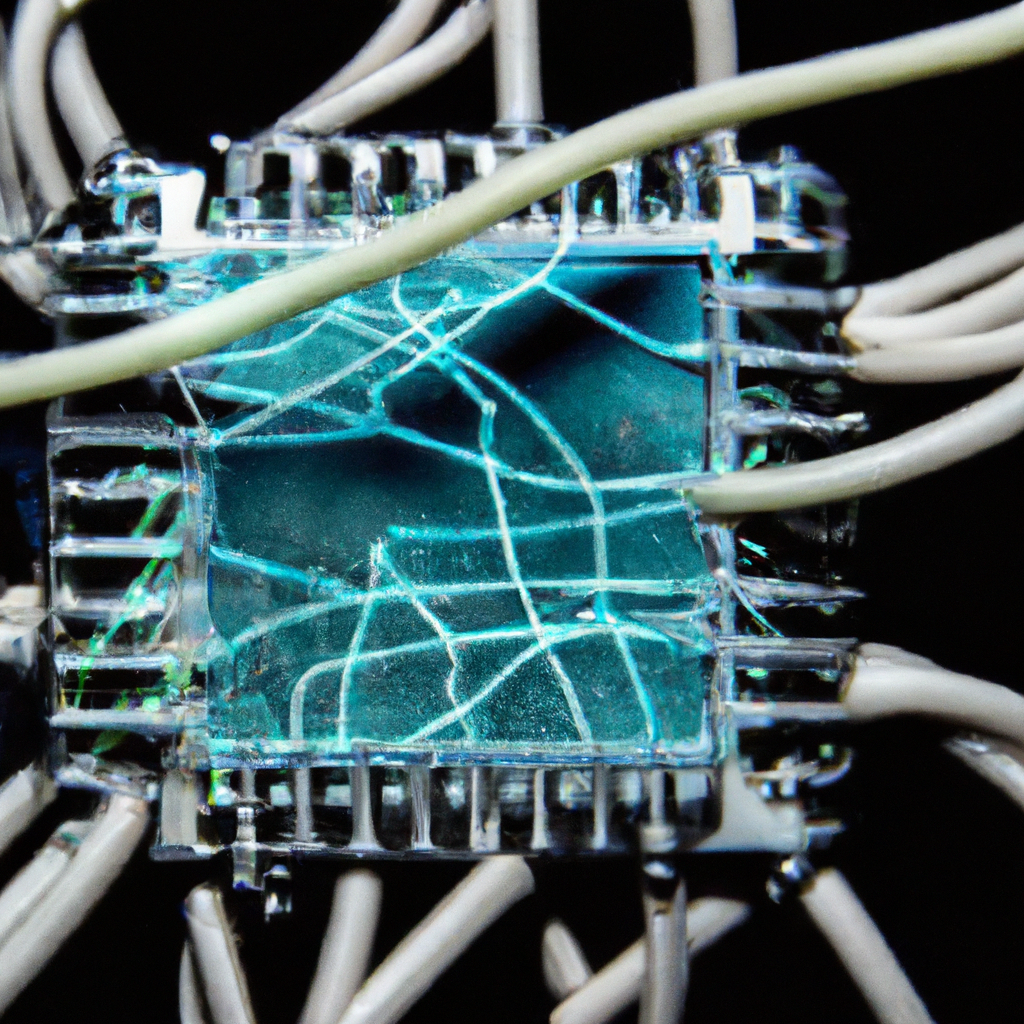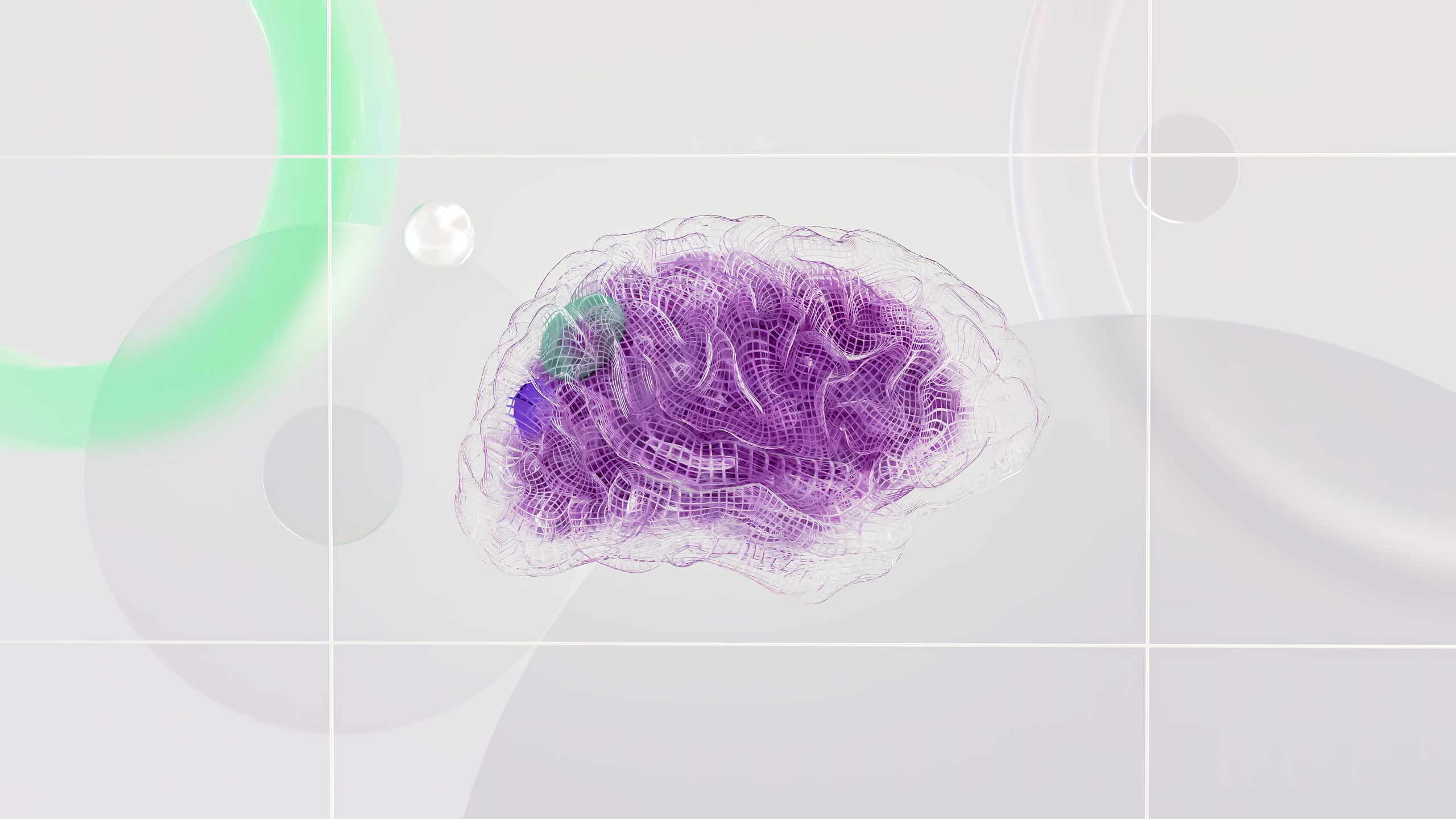Artificial Intelligence (AI) has become an integral part of our lives, impacting various aspects such as healthcare, employment, and education. However, it is crucial to acknowledge that AI can be biased, which raises concerns about fairness and equality. This article aims to shed light on the reasons behind AI bias and provide insightful solutions to prevent it. By understanding the root causes and implementing proactive measures, we can ensure that AI technology evolves in a fair and unbiased manner, benefiting everyone in our increasingly connected world.
Introduction
Artificial Intelligence (AI) has become an integral part of our lives, from powering recommendation systems to self-driving cars. However, it is crucial to acknowledge that AI systems are not free from biases that can lead to unfair and unjust outcomes. Bias in AI refers to the systematic and unfair preferences or prejudices that are embedded in AI systems, leading to discrimination, inequality, and reinforcement of stereotypes. Understanding the causes, impact, and ways to prevent bias in AI is essential to ensure that these technologies are fair, just, and inclusive.
Understanding Bias in AI
Definition of Bias in AI
Bias in AI refers to the unfair and prejudiced outcomes that are a result of the inherent limitations and flaws in AI systems. These biases can manifest in various forms, such as racial bias, gender bias, and socioeconomic bias, among others. It is important to understand that biases in AI are not intentional, but rather a reflection of the data and algorithms used in the development of these systems.
Types of Bias in AI
There are several types of biases that can exist in AI systems. Some of the common types include:
-
Data Bias: Data bias occurs when the training data used to develop AI systems is not representative of the entire population or is skewed towards certain groups. This can result in biased predictions and decisions based on incomplete or unbalanced data.
-
Algorithm Bias: Algorithm bias arises when the algorithms used in AI systems inherently discriminate against certain groups or fail to account for certain factors. These biases can be unintentional and may arise due to the way the algorithms were designed or the assumptions they make.
-
Human Bias: Human bias refers to the biases of the individuals involved in the development and deployment of AI systems. These biases can then be reflected in the data collection process, algorithm design, or decision-making processes.
Understanding these types of biases is crucial in identifying and addressing bias in AI systems effectively.

Causes of Bias in AI
Data Bias
Data bias is one of the main causes of bias in AI systems. It occurs when the data used to train these systems is not diverse, representative, or inclusive. If the training data primarily consists of a specific demographic group or excludes certain communities, the AI system will be biased towards those groups and may not accurately represent the broader population. It is essential to ensure that the training data used is comprehensive and includes diverse perspectives to mitigate data bias.
Algorithm Bias
Algorithm bias can arise due to a variety of reasons, including the design choices made during the development of AI systems. Biases in algorithms can be unintentional and may arise from the use of biased training data or the inherent limitations of the algorithms themselves. Developers must carefully analyze and evaluate the algorithms used in AI systems to identify and mitigate any biases that may be present.
Human Bias
Human bias plays a significant role in introducing biases into AI systems. The biases of the individuals involved in developing and deploying these systems can influence data collection, algorithm design, and decision-making processes. It is crucial to promote diversity and inclusivity among AI developers and researchers to minimize human bias and ensure that AI systems are fair and unbiased.
Impact of Bias in AI
Discrimination and Inequality
Bias in AI can perpetuate discrimination and inequality by favoring certain groups while disadvantaging others. For example, if a facial recognition system exhibits racial bias, it may be more accurate in recognizing faces of one race while misidentifying or ignoring faces of other races. This can result in discriminatory practices in various domains, including law enforcement, hiring processes, and access to services.
Reinforcement of Stereotypes
AI systems, when biased, can reinforce existing stereotypes and prejudices. For instance, if a recruitment algorithm is biased towards a specific gender, it may result in the perpetuation of gender disparities in the workplace. This can further entrench societal stereotypes and hinder the progress towards equality and diversity.
Lack of Fairness and Justice
One of the most significant impacts of bias in AI is the erosion of fairness and justice. When AI systems are biased, they can make decisions that are unfair and unjust, leading to disparities in access to resources, opportunities, and services. This can lead to a loss of trust in AI systems and impede progress towards a more equitable society.

Case Studies on Bias in AI
Racial Bias in Facial Recognition Technology
Facial recognition technology has faced criticism for its racial bias. Studies have shown that these systems tend to be less accurate in identifying faces of individuals with darker skin tones compared to individuals with lighter skin tones. This creates significant concerns regarding surveillance, law enforcement, and potential misidentifications based on race.
Gender Bias in Recruitment Algorithms
Recruitment algorithms have been found to exhibit gender bias, favoring male candidates over equally qualified female candidates. This bias perpetuates existing gender disparities in the workplace and hinders efforts to achieve gender equality. It is essential to address and rectify these biases to ensure fair and inclusive hiring practices.
Legal and Ethical Implications
Legal Challenges in Addressing Bias in AI
Addressing bias in AI raises several legal challenges. The existing legal frameworks may not explicitly cover AI-related biases, making it difficult to hold developers and users accountable. Additionally, the intrinsic opacity and complexity of AI systems pose challenges in assessing and proving bias in a legal context. Establishing clear legal guidelines and frameworks to address bias in AI is crucial in ensuring accountability and fairness.
Ethical Considerations for Developers and Users
Developers and users of AI systems have a responsibility to consider the ethical implications of bias. Developers should incorporate ethical considerations into every stage of the development process, including data collection, algorithm design, and testing. Users must be aware of the biases present in AI systems and critically evaluate the outcomes and decisions made by these systems.

Methods to Identify Bias in AI
Data Auditing
Conducting thorough data audits is a crucial step in identifying biases in AI systems. This involves reviewing the training data used and assessing its representativeness and inclusiveness. Identifying any gaps or biases in the data enables developers to address and mitigate potential biases in AI systems.
Algorithmic Analysis
Evaluating and analyzing the algorithms used in AI systems is essential in identifying algorithmic biases. Developers should review the underlying assumptions, biases, and limitations of the algorithms and actively work towards minimizing biases during the development and deployment processes.
User Feedback and Testing
Involving diverse user groups in the testing and feedback process can help identify biases and potential issues in AI systems. Gathering feedback from users belonging to different demographics can provide valuable insights into the fairness and accuracy of these systems. User testing should be an ongoing process to continually refine and improve AI systems.
Preventing and Mitigating Bias in AI
Diverse and Representative Data Collection
Collecting diverse and representative data is crucial in preventing bias in AI systems. It is essential to ensure that the training data used encompasses a wide range of demographics and perspectives to avoid underrepresentation or exclusion of certain groups. Data collection should be an inclusive and ongoing process that reflects the diversity of the population.
Algorithmic Fairness and Transparency
Developers should prioritize algorithmic fairness and transparency to minimize biases in AI systems. This includes incorporating fairness metrics during algorithm development, regularly evaluating the system for biases, and providing explanations or justifications for AI-driven decisions. Transparent algorithms empower users to understand how decisions are made and identify and rectify biases.
Regular Bias Audits and Updates
Routine bias audits are necessary to regularly evaluate AI systems for biases and address them proactively. Developers should establish mechanisms to systematically assess the fairness and accuracy of AI systems, updating them as needed to minimize bias and adapt to evolving societal norms. Regular audits ensure that AI systems remain aligned with the values of fairness and justice.

Regulation and Policy Measures
Government Intervention and Standards
The introduction of regulations and standards by governments can play a crucial role in mitigating bias in AI systems. Governments can establish legal frameworks that explicitly address bias in AI and outline the responsibilities of developers and users. Implementing standards for fairness, transparency, and accountability can help ensure that AI systems operate in a manner that promotes equality and social justice.
Accountability and Liability
Holding developers and users accountable for the biases in AI systems is essential. Establishing mechanisms for accountability and liability can incentivize developers to take necessary measures to prevent and address bias in their systems. It is important to ensure that those who are affected by biased AI systems have avenues for seeking redress and compensation.
The Role of AI Developers, Researchers, and Users
Education and Awareness
Education and awareness play a vital role in preventing bias in AI systems. Developers and researchers must actively educate themselves on biases and their social implications. Raising awareness among users about the potential biases in AI systems and their impact empowers them to make informed decisions and demand fair and just AI technologies.
Collaborative Efforts
Addressing bias in AI requires collaborative efforts from various stakeholders, including developers, researchers, policymakers, and users. Collaboration between these groups can lead to the sharing of knowledge, expertise, and best practices, enabling the development and deployment of AI systems that are more equitable, accurate, and unbiased.
Responsibility and Accountability
It is crucial for AI developers, researchers, and users to take responsibility for the biases in AI systems. Developers should prioritize the ethical considerations and accountability in their work, while users must demand transparency and fairness in AI-driven decision-making. By collectively taking responsibility, stakeholders can work towards minimizing bias and creating a more equitable AI ecosystem.
In conclusion, bias in AI is a significant concern that must be addressed to ensure fairness, justice, and inclusivity. By understanding the causes, impact, and methods to identify bias, developers, researchers, and users can take proactive measures to prevent and mitigate biases in AI systems. Through collaborative efforts, education, and accountability, we can build AI technologies that uphold our values and contribute to a more equitable society.










